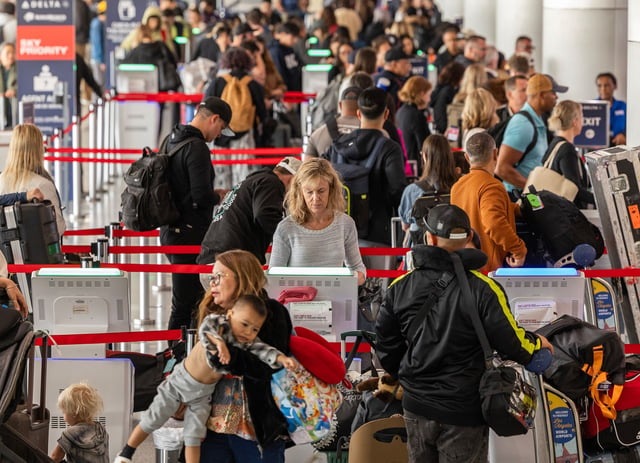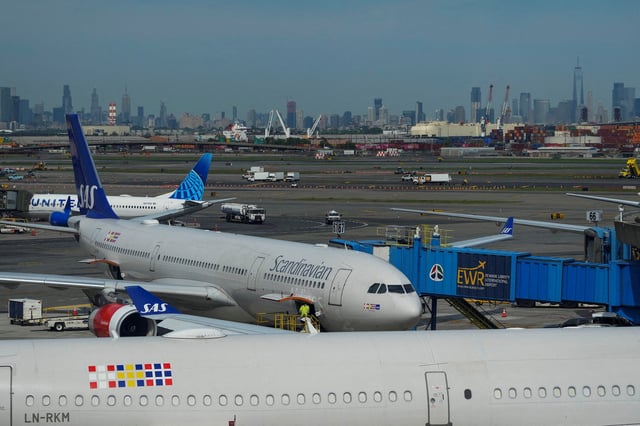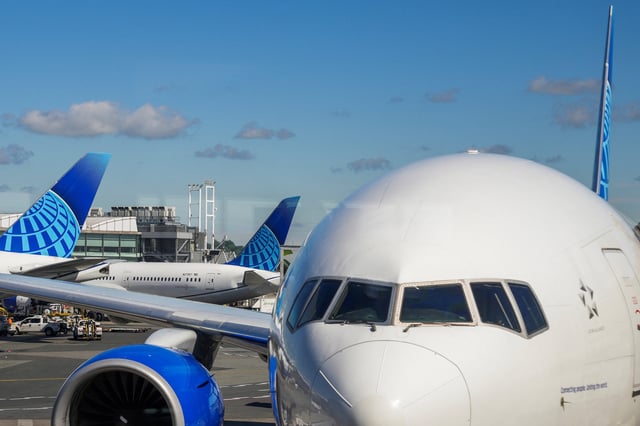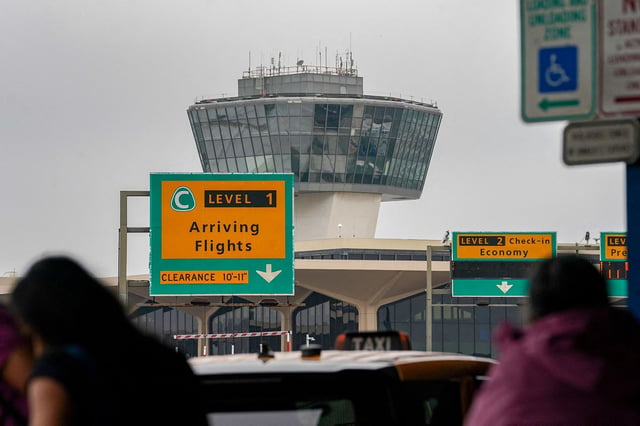Overview
- The FAA has imposed flight limits at Newark Liberty International Airport to manage congestion and safety risks following an April 28 radar and telecom outage.
- Passenger demand at Newark has fallen sharply, with a 19% drop in arrivals and 15% decline in departures, as travelers opt for LaGuardia and JFK instead.
- Runway repairs at Newark, scheduled to be completed by June 15, have further constrained operations and contributed to delays and cancellations.
- United Airlines, Newark's largest carrier, has backed the FAA’s flight caps but faces revenue losses and increased costs due to reduced schedules.
- The disruptions at Newark highlight broader issues in the U.S. air traffic control system, including aging infrastructure, staffing shortages, and the need for modernization.



